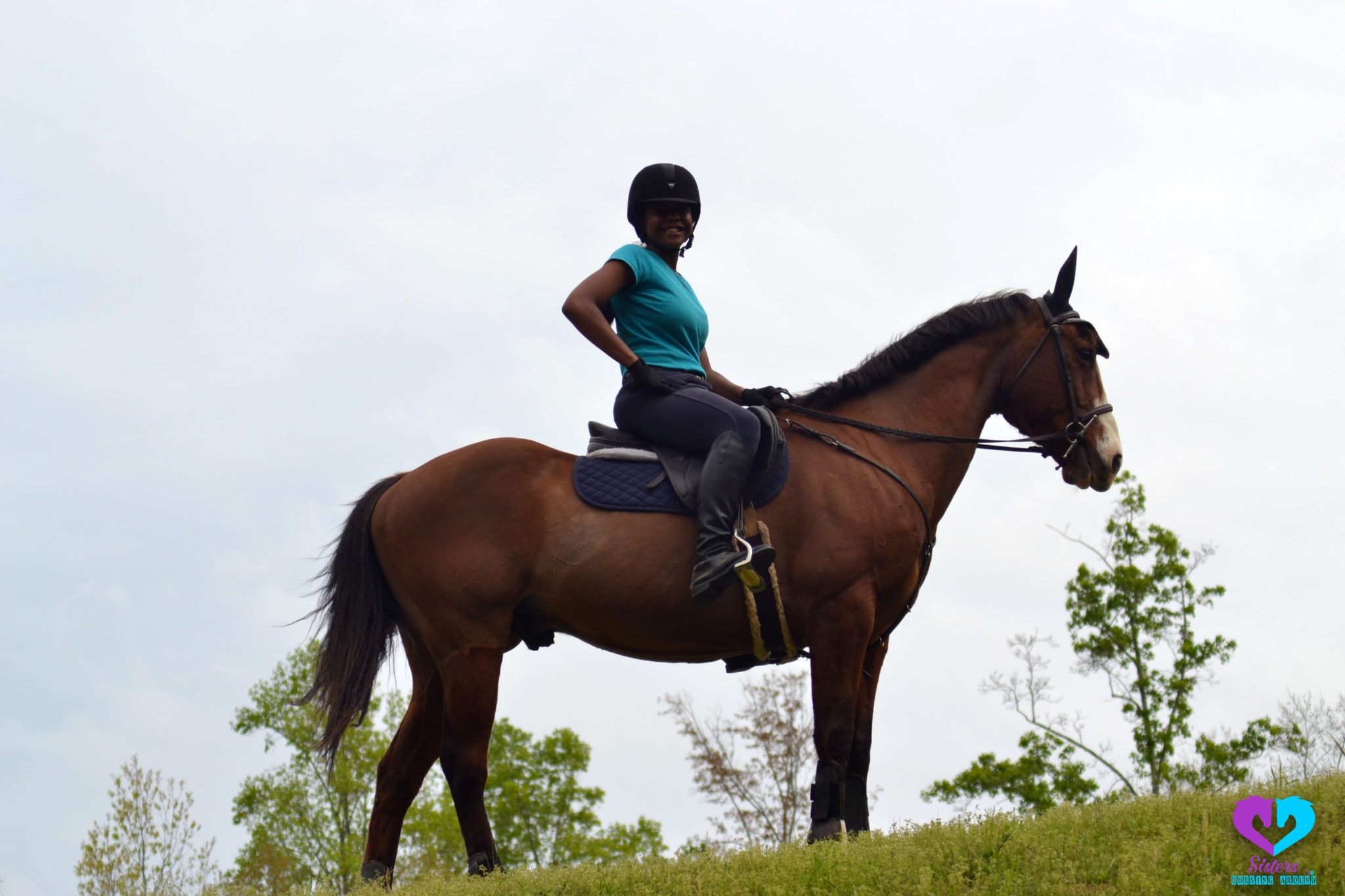Have you ever wanted to try horseback riding but felt a little nervous or scared? Well, you’re not alone! Many people have fears and anxieties when it comes to getting on a horse for the first time. But fear not, because in this article, we’re going to explore how you can overcome your fears and build confidence in horseback riding.
We’ll provide you with practical tips and strategies that can help you feel more comfortable and in control while riding. From understanding basic horse behavior and body language to learning proper riding techniques, we’ve got you covered.
Whether you’re a beginner or have some experience but still struggle with fear, this article will provide you with valuable information and insights. So, stay tuned to learn more about overcoming fear and building confidence in horseback riding. And don’t forget, at the end of the article, we’ll answer some commonly asked questions about horseback riding, so keep an eye out for that too.
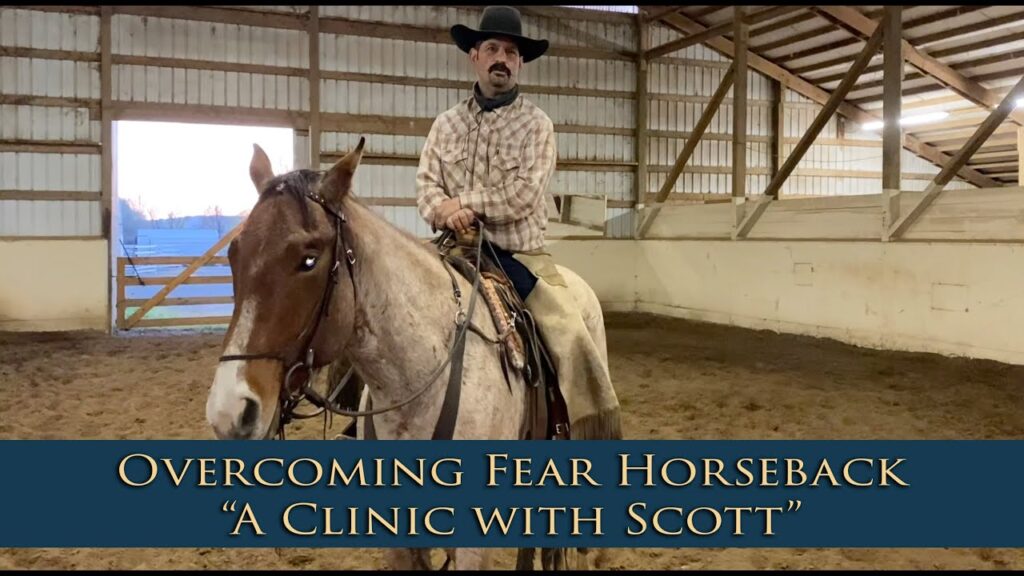
Introduction
Horseback riding is not just a recreational activity; it is a form of exercise and a way to connect with nature. The feeling of freedom and the bond that develops between the rider and the horse is truly remarkable. However, for many beginners, fear is a common barrier to fully enjoying this experience. The good news is that fear can be overcome with the right techniques and mindset. In this article, we will explore the benefits of horseback riding, understand the causes of fear, and learn how to overcome it to build confidence in horseback riding.
What is Horseback Riding?
Horseback riding, also known as equestrianism, is the art of riding a horse. It involves the control and guidance of a horse through various gaits and maneuvers. Horseback riding can be divided into different disciplines, such as dressage, show jumping, endurance riding, and trail riding, each with its own set of skills and requirements. Whether it’s for sport, recreation, or therapy, horseback riding offers a unique and exhilarating experience.
The Benefits of Horseback Riding
Beyond the joy and thrill of riding a horse, horseback riding offers a range of physical, mental, and emotional benefits. Riding a horse requires constant engagement of core muscles, which helps improve balance, coordination, and overall body strength. The rhythmic movement of the horse stimulates the muscles, promoting flexibility and joint mobility. Horseback riding is also a great cardiovascular workout, as it increases heart rate and oxygen consumption.
From a mental perspective, horseback riding can be a form of therapy. The gentle, rhythmic motion of the horse has a calming effect on the mind, reducing stress and anxiety. It also promotes mental focus and concentration, as the rider needs to anticipate and respond to the horse’s movements. This mindfulness can help improve cognitive abilities and problem-solving skills.
Furthermore, horseback riding is a social activity. It provides opportunities for interaction and connection with like-minded individuals who share a passion for horses. Building relationships with horses and fellow riders can enhance social skills, boost self-confidence, and create a sense of belonging within the equestrian community.
Understanding Fear in Horseback Riding
Fear is a natural response to perceived danger or unfamiliar situations. When it comes to horseback riding, fear can be triggered by a variety of factors, such as the size and power of the horse, the possibility of falling or getting hurt, and the lack of control over the situation. Understanding the root causes of fear is the first step towards overcoming it.
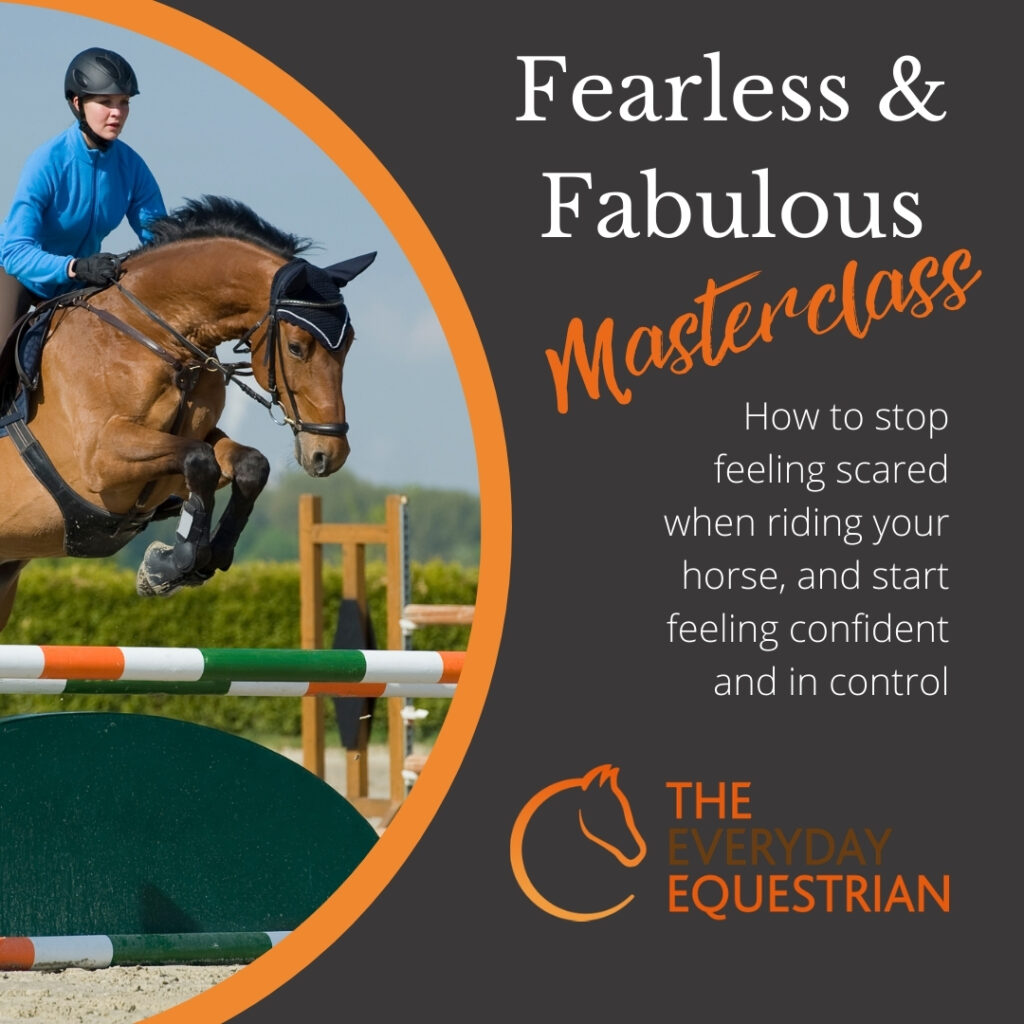
Causes of Fear in Horseback Riding
-
Lack of experience: Novice riders often feel apprehensive because they are new to the activity and do not yet fully understand how to ride and handle a horse.
-
Previous negative experiences: Past falls, accidents, or injuries related to horseback riding can create fear and anxiety, even if the incidents were minor.
-
Heightened sense of vulnerability: The size and power of horses can make riders feel vulnerable. Being on top of an animal that weighs several hundred pounds can be intimidating, especially for someone who doesn’t have full control.
-
Fear of the unknown: Horses are intelligent animals with their own personalities and instincts. For some riders, the unknown behavior of a horse can trigger fear and uncertainty.
-
Inadequate safety measures: If riders do not feel properly equipped with the necessary safety gear or if they feel that the equipment is not in good condition, it can contribute to fear and anxiety.
Overcoming Fear in Horseback Riding
While fear may initially hinder the enjoyment of riding, it is possible to overcome it with patience, practice, and proper guidance. Here are some effective strategies for overcoming fear and building confidence in horseback riding:
Developing Trust with the Horse
Building trust with the horse is crucial to overcoming fear. Spending time with the horse outside of riding sessions, grooming, and bonding can help create a connection and familiarity. It’s important to approach the horse calmly and gradually become comfortable with their presence.
Building Confidence with Basic Skills
Mastering basic riding skills is essential for building confidence. Working with a knowledgeable instructor who can provide clear instructions and support can significantly boost confidence. Starting with simple exercises and gradually progressing to more challenging ones builds a solid foundation for riding.
Gradual Exposure to Challenging Situations
Fear can be gradually overcome by exposing yourself to incremental challenges. Start with low-pressure situations and gradually increase the difficulty level. This can include riding in different environments, trying new riding techniques, or even participating in competitions or trail rides. Each successful experience will strengthen your confidence and diminish fear.
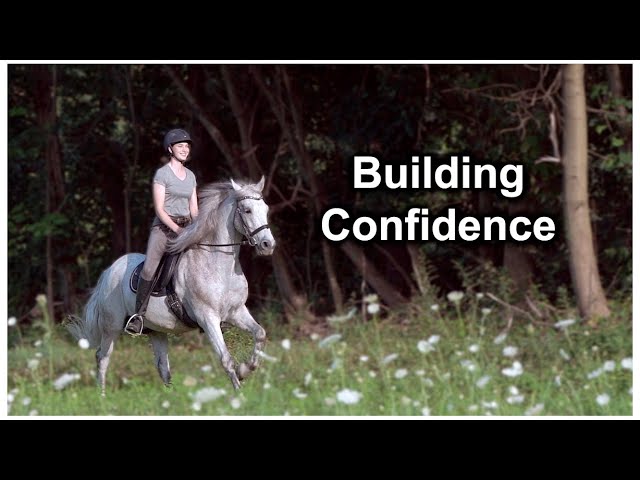
Building Confidence in Horseback Riding
Confidence is a key element in enjoying horseback riding to its fullest. Building confidence requires a combination of mindset, skill development, and support from experienced riders. Here are some strategies for building confidence:
Setting Achievable Goals
Setting realistic and achievable goals helps boost confidence. Start with small, attainable goals and gradually increase the difficulty level. Each accomplishment, no matter how small, reinforces confidence and motivation.
Taking Lessons from Experienced Riders
Learning from experienced riders can provide valuable insights and guidance. Take lessons from reputable instructors who can help fine-tune your riding skills, offer constructive feedback, and share their own experiences in overcoming fear. Their support and encouragement can be invaluable in building confidence.
Practicing Visualization and Positive Affirmations
Visualization is a powerful tool for building confidence. Before each riding session, take a few moments to visualize yourself riding confidently and successfully. Visualize every detail, from your posture to your communication with the horse. Additionally, repeating positive affirmations, such as “I am a confident rider” or “I can handle any challenge,” can help eliminate self-doubt and reinforce confidence.
Safety Measures in Horseback Riding
Safety should always be a priority in horseback riding. Taking appropriate safety measures significantly reduces the risk of injuries. Here are some essential safety measures to consider:
Wearing Protective Gear
Always wear a properly fitted helmet to protect your head in case of a fall or impact. Additionally, wear appropriate footwear with a low heel and a firm grip to prevent your feet from slipping through the stirrups. It is also recommended to wear a body protector and gloves for added protection.
Checking Equipment and Tack
Before riding, thoroughly inspect the saddle, bridle, and all other equipment to ensure they are in good condition. Check for any loose or damaged parts and make necessary repairs or replacements. Also, double-check the tightness of girths and cinches to prevent them from slipping during the ride.
Choosing Appropriate Horses for Skill Levels
Riding a horse that matches your skill level is essential for safety. Riding a horse that is too advanced or too green can lead to accidents and increase fear. Consult with an experienced trainer or instructor to assess your skill level and choose a suitable horse that matches your abilities.
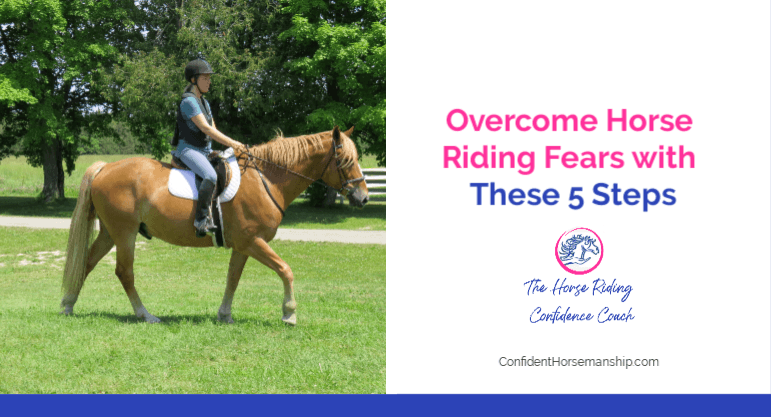
Improving Riding Skills
Continuously improving riding skills is important for both safety and confidence. Here are some strategies to enhance riding skills:
Mastering Balance and Position
A strong and balanced position is crucial for effective communication with the horse. Work on improving your balance, posture, and position in the saddle through exercises such as two-point position and posting trot. Practice maintaining a deep seat and a neutral spine to achieve stability and control.
Learning Different Riding Techniques
Expand your knowledge and skills by learning different riding techniques. Each discipline has its own set of techniques, movements, and patterns. Exploring different disciplines, such as dressage, jumping, or trail riding, can help broaden your horizons and improve overall riding abilities.
Improving Communication with the Horse
Effective communication is key to achieving harmony with the horse. Develop your understanding of the horse’s body language and cues to better anticipate their actions. Work on refining your aids, such as leg, seat, and rein cues, to communicate with the horse accurately and confidently.
Dealing with Common Challenges
While horseback riding offers a rewarding experience, it’s not without its challenges. Here are some common challenges riders may face and how to address them:
Managing Riding Anxiety
Riding anxiety can be managed through gradual exposure, relaxation techniques, and positive reinforcement. Start with low-pressure situations and gradually progress to more challenging ones. Practice deep breathing and relaxation exercises to calm your mind and body. Reward yourself for small achievements to reinforce positive experiences.
Overcoming Riding Plateaus
Riding plateaus are common and can be frustrating. To overcome them, focus on specific areas for improvement and set new goals. Work with an instructor to identify areas that need attention and develop a plan to overcome the plateau. Consistency and perseverance are key to breaking through plateaus.
Addressing Riding Injuries
Injuries are an unfortunate reality in horseback riding. If you sustain an injury, seek immediate medical attention and follow the recommended treatment plan. Consult with healthcare professionals and experienced riders for guidance on recovering from injuries and returning to riding safely.
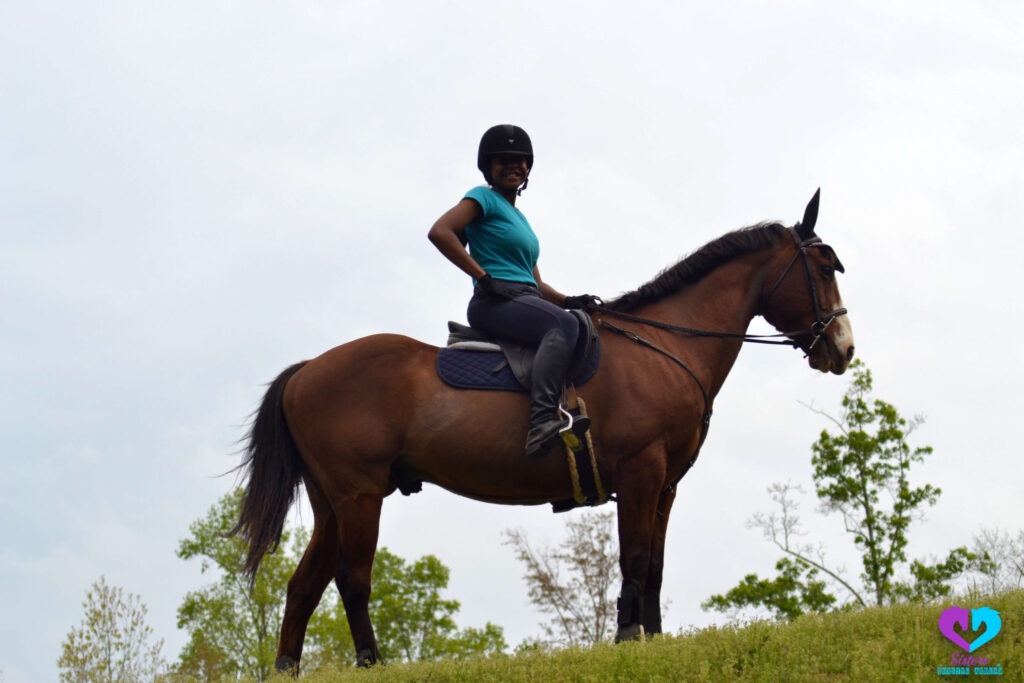
Selecting the Right Horse for Riding
Choosing the right horse is crucial for a successful and enjoyable riding experience. Here are some considerations when selecting a horse:
Considerations for Horse Breed
Different horse breeds have different temperaments, energy levels, and suitability for various riding disciplines. Research and consult with experienced riders to determine which breed aligns with your riding goals and abilities.
Assessing Temperament and Trainability
The temperament and trainability of a horse are important factors to consider. Some horses may be more nervous or easily spooked, while others may be more calm and forgiving. Assess a horse’s temperament and trainability by spending time observing and interacting with them before making a decision.
Matching Horse and Rider Abilities
Matching the horse’s abilities to the rider’s skill level is essential for safety and success. Riding a horse that is too advanced can lead to frustration and fear, while riding a horse that is not challenged enough can hinder progress. Consult with experienced trainers or instructors to determine the best match based on your riding abilities.
Maintaining Physical Fitness for Horseback Riding
Physical fitness plays a significant role in horseback riding. Here are some exercises and training methods to enhance your physical fitness:
Exercises for Strength and Flexibility
Engage in exercises that improve strength and flexibility, such as Pilates, yoga, or weight training. Focus on exercises that target the core, legs, and back, as these are the main muscle groups utilized in horseback riding.
Core Stability and Balance Training
Develop core stability and balance through exercises like plank variations, stability ball exercises, and single-leg stands. Improving core strength enhances stability in the saddle and allows for better communication with the horse.
Cardiovascular Endurance for Riding
Participate in cardiovascular exercises, such as running, cycling, or swimming, to improve cardiovascular endurance. Riding can be physically demanding, and good cardiovascular fitness will help sustain energy levels during longer rides or more intense activities.
Preventing and Managing Riding-related Injuries
Even with all the safety measures in place, riding-related injuries can still occur. Here are some measures to prevent and manage riding-related injuries:
Recognizing Common Riding Injuries
Educate yourself about the common riding injuries, such as falls, sprains, fractures, and concussions. Understanding the signs and symptoms of these injuries can help you recognize them early and seek prompt medical attention.
First Aid for Riding Injuries
Learn basic first aid techniques specific to riding injuries. Carry a first aid kit with essentials such as bandages, antiseptic ointment, and ice packs. Knowing how to properly handle and treat minor injuries can help minimize their impact and aid in recovery.
Recovering and Rehabilitating from Injuries
If you sustain a riding-related injury, follow your healthcare provider’s guidelines for recovery and rehabilitation. Consult with physiotherapists, chiropractors, or other healthcare professionals experienced in equestrian-related injuries for specialized care and rehabilitation programs.
Conclusion
Overcoming fear and building confidence in horseback riding is a journey that requires patience, practice, and the right mindset. By understanding the benefits of horseback riding, addressing the causes of fear, and implementing effective strategies, riders can overcome their fears, build confidence, and fully enjoy this incredible experience. Remember, it’s alright to start small and progress gradually. With determination and perseverance, horseback riding can become a source of joy, accomplishment, and personal growth. So saddle up, conquer your fears, and embark on an amazing journey with your equine companion.
